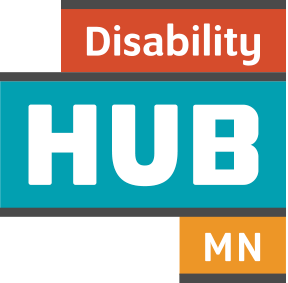Homelessness is complex and can impact a person's ability to be healthy, get a job and maintain social relationships.
Support for people who have unstable housing or are experiencing homelessness includes a network of federal, state, county and local programs and services. Though eligibility requirements are sometimes similar, benefits can vary greatly.
If you're helping someone who is homeless (or at risk of becoming homeless or without a place they can stay for long), ensure stability by connecting them to short-term supports. Start with Minnesota's Coordinated Entry System. Coordinated entry is a centralized process designed to coordinate intake, assessment and referrals for homeless services.
At the same time, it's important to look toward the future by helping the person explore long-term housing needs and goals. This includes consideration of employment, as well as public benefits that might increase the person's income (such as Social Security) or access to health care (such as Medical Assistance) and housing (such as Housing Support).

